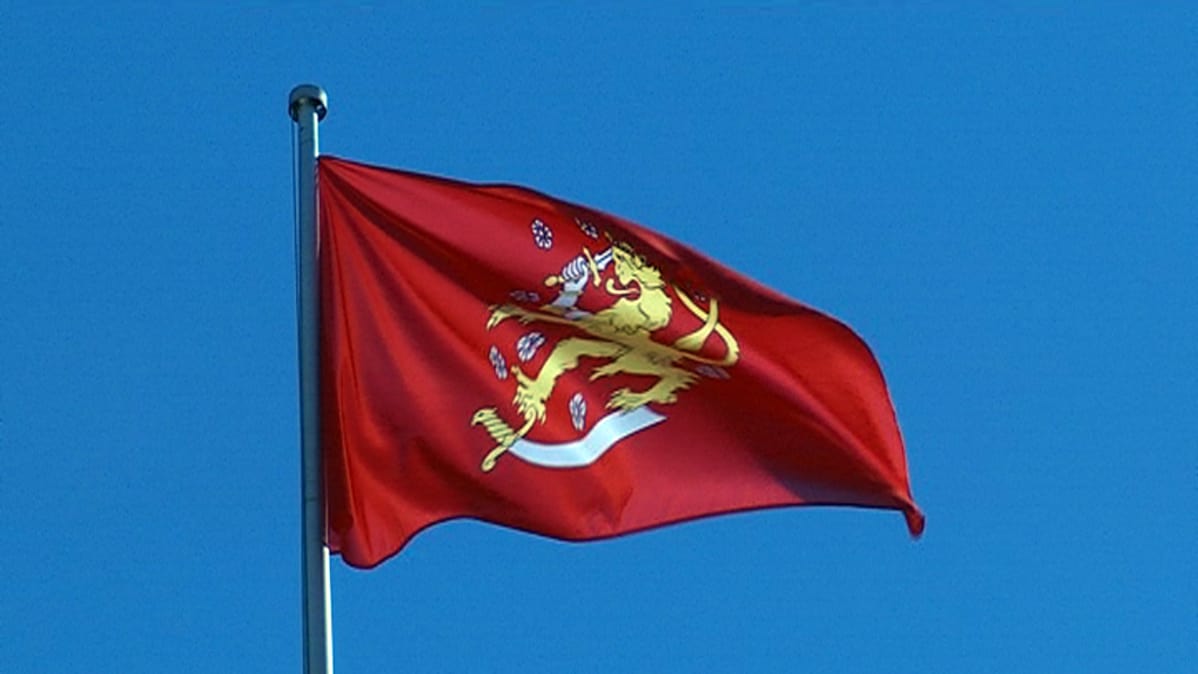The Colours of Freedom
Helsinki, June 1919
The man in the black tailcoat and top hat removed a speck of lint from his shoulder and turned to face the big flagpole. Up there, over the summery Suomenlinna sea fortress, bathing in fresh early June sun, flew an oversized version of the Finnish state flag. It was a sight to behold, in the brisk sea wind, rippling high over the heads of the men and women in civilian clothing and the lines of younger men in uniforms gathered below.
The man's throughts went back to the summer of 1918, to the event for which this would be the first annual celebration. The Russian troops had just relinquished the sea fortress into the hands of the fledgling Finnish military, men in a mishmash of Russian, German and Swedish gear, slowly starting to build the structures and professionalism required of independent armed forces. At that time, though, it wasn't an entirely independent military – the German troops that had landed in Finland to support the young Finnish state in separating itself from Russian control were still very much in evidence in the Finnish capital, with General von der Goltz presiding over them from his headquarters in one of Helsinki's finest hotels.
Now, a year later, the German troops were gone and Finland was in full control of its destiny. Looking at the ranks of the young soldiers in attention under the large flag, the man thought that the Finnish military started to slowly approximate the discipline and professionalism required of it. Putting it together from the basis of a heterogenous collection of bourgeois and Socialist militias and ”order guards”, around a battle-tested core made up by German-trained jaegers, had been a major task for the former Tsarist officer, General Mannerheim, standing some way to the left from the man, and by no means was the work yet completed. But so far, so good, the man thought – men of all political creeds, Conservative, Agrarian and Socialist alike, now wore the same grey uniform designed by Gallén-Kallela, decorated with the same lion armband, and it alone showed the progress the young republic had made in the first year and half after its founding.
Unity and cooperation, a will to work together - that was a thing with paramount importance for a country as small as Finland, the man would later say in his official speech. What was it Benjamin Franklin had said? The need to hang together, or risking to be hanged separately?
While Finland was no longer dominated by foreign powers, of course foreign representatives were not entirely absent from the event. There was Gustaf Westman of Sweden, talking cordially with Prime Minister Ståhlberg to the right. The slightly dyspeptic-looking Count von Brockdorff-Rantzau, representing the German Republic, stood to the left side, and there was of course Admiral Kolchak sent by the Russian Directory in Petrograd. Looking at the two military officers from the major powers that had both been brought low by the war, the President of the Finnish Republic again thought how disruptive it would have been to the young nation if it had succumbed to the same kind of internal strife as Russia and Germany had been in after the end of the Great War in Europe.
A hush went through the gathered dignitaries as the military band struck up the first chords of the Jaeger March, the march dedicated to the Finnish national flag. Instinctively, the president's eyes went up to the flag, hanging more limply now as the wind had for the while died down.
Choosing a national symbol for Finland had not been an easy task. There had been several views as to what shapes and colours to use to best represent the young Northern nation and its people. There had been flag suggestions modelled after Scandinavian examples, in the form of a cross, and there had been ones using the naval colours of the Russian Empire. Finally, the decision in parliament was to go with two traditional colours, with a design that reflected Finland's Western connections, without pandering too much to Scandinavianism.
In the view of President Oskari Tokoi, the choice was very apt and inspiring. Listening to the growing tune of the march by Jean Sibelius and looking at the large flag yet again flying proudly in the wind, Tokoi nodded approvingly to the lion flag, made up in the colours of freedom – red and yellow.
Deep is our strike, a wrath unconquerable
No mercy, no homeland
All our luck is in the tip of our swords
Our hearts will not relent
Our war cries ring out rousing the land
Which is now breaking its chains
Our defiance will not be quenched
Before the Finnish people is free
Its colours are red and yellow
As deep as a sunset's crimson
Through it glows a golden glory
There shines power and faith
In the strong hands of jaegers
Is this lion flag borne
Over the roar of the fields of blood
To the shores of a rising Finland

Last edited: